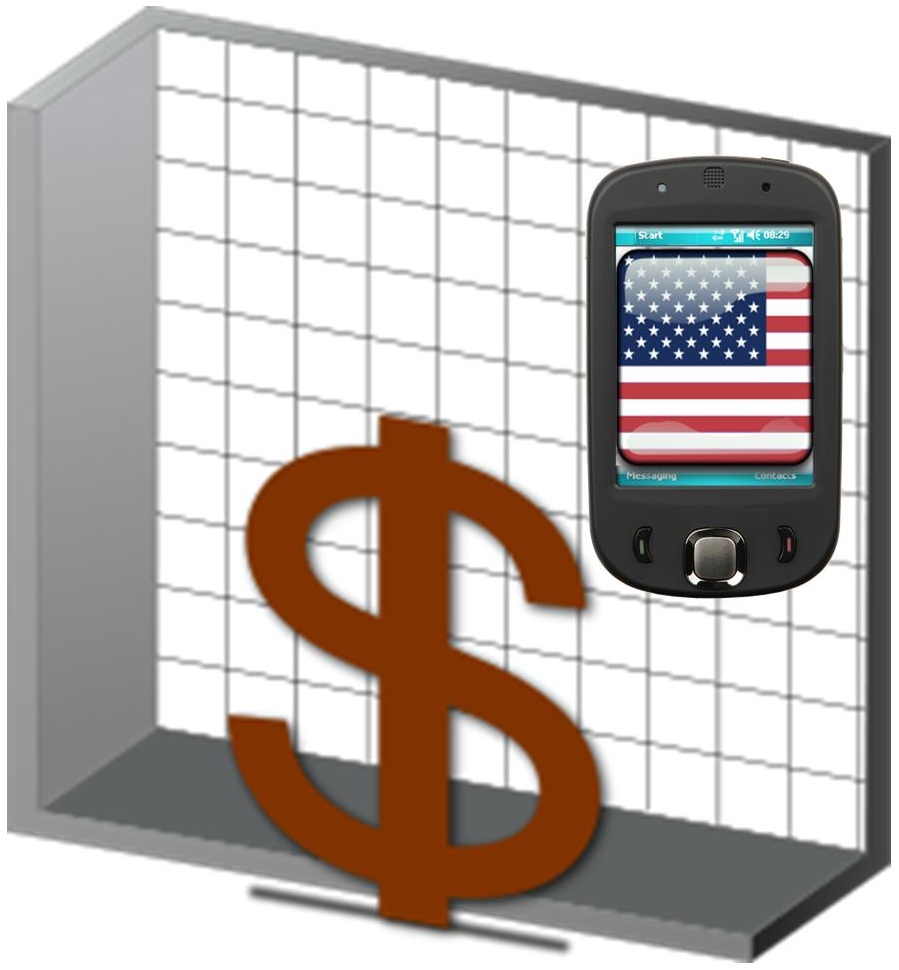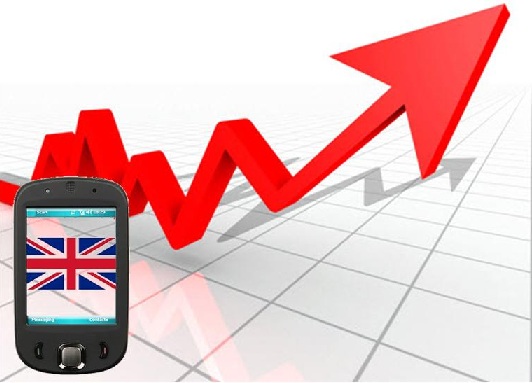Moreover, the prices in the United States are going up, even though they’re dropping around the world.
According to the 2014 International Market Communications Report, the latest mobile trends show that people in the United States are paying more for their wireless service than any other country studied within this report.
What’s more, unlike the majority of other countries that were examined, the prices are only going up.
The report was issued by as UK regulator – the Office of Communications, also called Ofcom – in order to examine mobile trends such as the prices being paid by subscribers in 18 total countries around the world. The analysis measured the average revenue on a monthly basis per mobile connection. The 18 countries spanned six different continents. What the report showed was that in 2013 in the United States, the average mobile customer paid approximately $47 per connection.
That amount was higher than the amount paid by customers in any other country studied by the mobile trends report.
 Customers in Japan were the only ones who paid anywhere near that amount, last year. The majority of the countries surveyed in the report saw a monthly bill that was lower than $31 for their wireless services. Mobile subscribers in Poland, Brazil, Russia, China, India, and Nigeria all paid an average monthly bill that was less than $16.
Customers in Japan were the only ones who paid anywhere near that amount, last year. The majority of the countries surveyed in the report saw a monthly bill that was lower than $31 for their wireless services. Mobile subscribers in Poland, Brazil, Russia, China, India, and Nigeria all paid an average monthly bill that was less than $16.
Among the reasons that helped to explain why customers in the United States were paying more for their monthly mobile service than anyone else was that they were also among the highest data users when compared to other nations. Cisco data has revealed that the average mobile consumer in the U.S. used an average of 1.3 GB of data every month, last year. Comparatively, Europeans were using an average of 700 MB per month, last year. This represented under half of the usage by Americans. African and Middle Eastern customers were using an average of only 185 MB per month during 2013.
That said, while higher data usage helps to shed some light on why the mobile trends are for higher prices in the United States, what wasn’t explained was why the U.S. was among the few countries where the cost of mobile service was not falling.
 Mobile commerce making significant progress in the UK
Mobile commerce making significant progress in the UK
Mobile commerce is showing strong growth in the United Kingdom. More consumers throughout the country are gaining access to smartphones and tablets, and these mobile devices are making it more convenient for a wider variety of people to shop online. Mobile commerce has garnered acclaim for the convenience it offers consumers and several retailers are beginning to grow more accommodating to these consumers as they show a penchant for mobile payments. The growth of mobile commerce is strongly tied to the availability of mobile technology.
Smartphone ownership on the rise
According to a recent study from Gartner, a leading market research firm, sales for smartphones and tablets have been growing rapidly over the past two years. In 2012, the number of smartphones in the world reached 1 billion — one for every seven people in the world. The rapid growth of smartphone ownership has exposed more people to the concept of mobile commerce, a concept they have shown a great deal of interest in.
Proliferation of mobile technology draws more interest into mobile commerce
Ofcom, a government-approved regulator of the communications sector in the United Kingdom, has released information showing that half of the population of the country own a smartphone, with 19% of the population owning a tablet device. Approximately 81% of these smartphone owners prefer to use their smartphones over traditional forms of communication. Approximately 31% of all site traffic in the United Kingdom comes from mobile devices as well, creating a strong need for retailers to become more accommodating to the needs of mobile consumers.
Ease-of-use and simplicity appeal to consumers
The reasons consumers have been showing such strong interest in mobile commerce are straightforward. First, mobile commerce is considered simple, with purchases made for products being accomplished in a matter of seconds. Another factor is that mobile commerce platforms are easy to use, proving accommodating to mobile consumers of varying degrees of comfort with mobile technology. Mobile shopping is also considered, among consumers, to be more enjoyable than shopping at traditional stores, adding further appeal to mobile commerce.
 Customers in Japan were the only ones who paid anywhere near that amount, last year. The majority of the countries surveyed in the report saw a monthly bill that was lower than $31 for their wireless services. Mobile subscribers in Poland, Brazil, Russia, China, India, and Nigeria all paid an average monthly bill that was less than $16.
Customers in Japan were the only ones who paid anywhere near that amount, last year. The majority of the countries surveyed in the report saw a monthly bill that was lower than $31 for their wireless services. Mobile subscribers in Poland, Brazil, Russia, China, India, and Nigeria all paid an average monthly bill that was less than $16.
 Mobile commerce making significant progress in the UK
Mobile commerce making significant progress in the UK